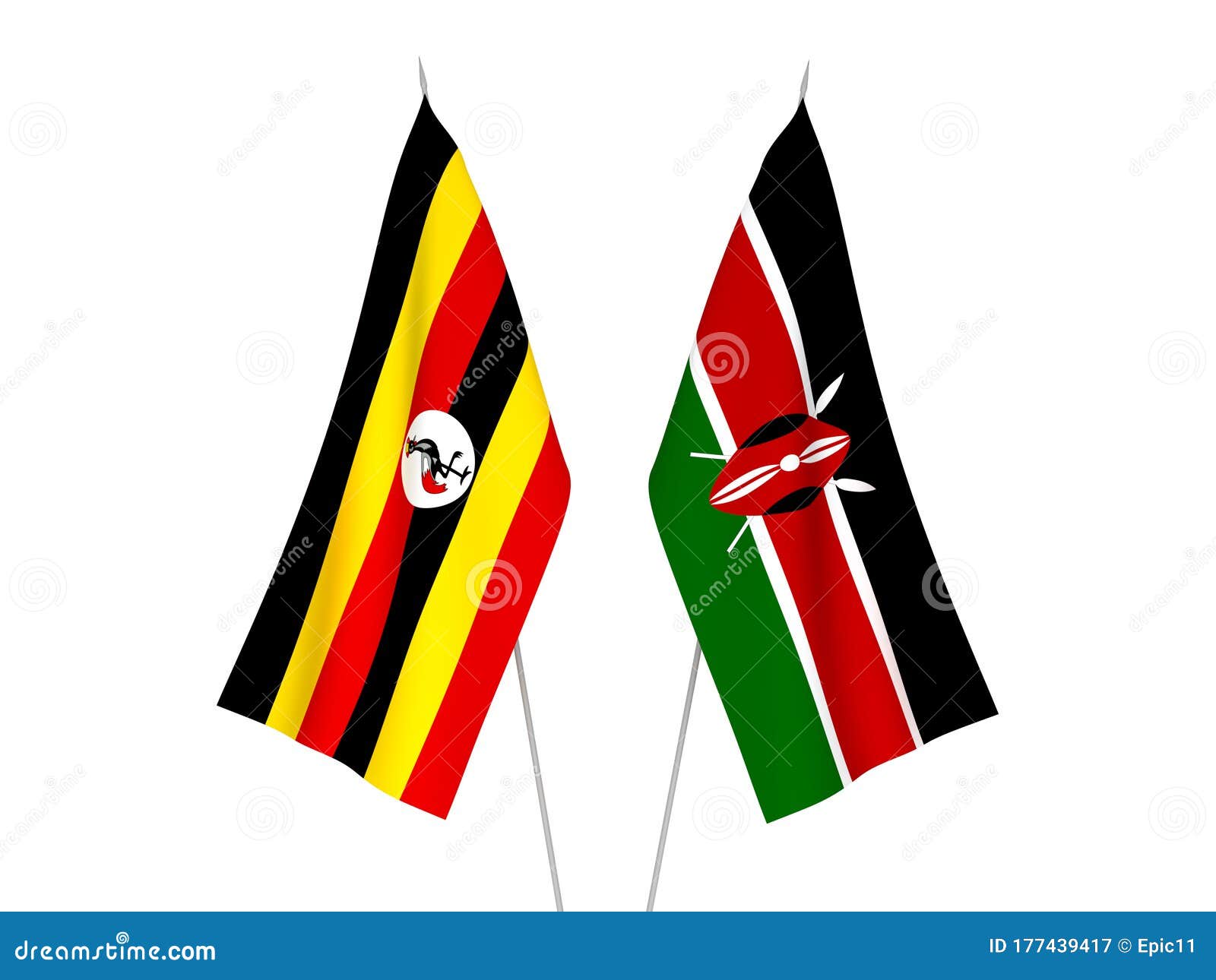
Kenya is seeking to secure a new power purchase agreement with Uganda, aiming to mitigate the impact of recent hikes in electricity costs driven by adverse weather conditions and increased demand.

The Kenya Power and Lighting Company (KPLC) has reported a significant rise in the cost of imported power from Uganda, with payments to the Uganda Electricity Transmission Company Limited (UETCL) tripling to KSh 3.9 billion in the year ending June 2023. This surge is attributed to a severe drought that has crippled local hydroelectric generation and reduced geothermal output, necessitating increased reliance on imports.
Kenya's energy situation has been strained by the prolonged drought, which led to a drop in hydroelectric power production. This shortfall was supplemented by expensive diesel-generated electricity and increased power imports from Uganda.
The Western region of Kenya, heavily dependent on hydroelectric power from the Sondu Miriu dam, was particularly affected, prompting the Energy Regulatory Commission (ERC) to authorize higher imports to stabilize supply.
The current power purchase agreement, signed in 2014, sets the cross-border electricity purchase tariff at KSh 21 per kilowatt-hour (kWh), significantly higher than the KSh 8-10 per kWh range previously paid. This rate is substantially more expensive than the cost of locally generated hydropower, which has intensified the financial burden on Kenya.
Uganda, meanwhile, has benefited from this higher tariff, increasing its revenue from increased power sales to Kenya.
In the first quarter of 2023 alone, Kenya imported 48.69 million kWh of electricity from Uganda, amounting to KSh 1.02 billion. Although this figure marks a decrease from the 75.09 million kWh imported in the same period the previous year, the high cost remains a critical concern.
Efforts to reduce reliance on costly imports have seen local power generation increase, particularly from geothermal and thermal sources, which have partially compensated for the reduced hydroelectric output.
Looking forward, Kenya is exploring ways to diversify its energy sources and stabilize supply. In addition to its imports from Uganda, Kenya also sources power from Ethiopia, primarily to supply the Moyale town, which is not connected to the national grid.
A strategic long-term solution involves regional collaboration, with Kenya, Uganda, and Rwanda planning to construct a 400-kilovolt electricity line from Olkaria to Birembo in Rwanda. This infrastructure project aims to enhance regional energy security and reduce dependency on single sources.
As negotiations for a new power purchase deal continue, Kenya remains committed to balancing the immediate need for reliable electricity with the goal of securing more affordable and sustainable energy sources for the future.

















